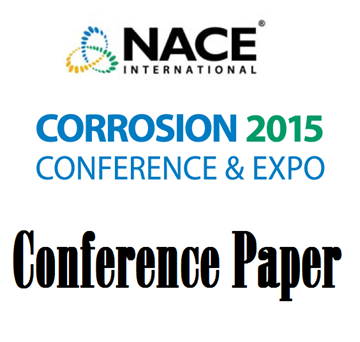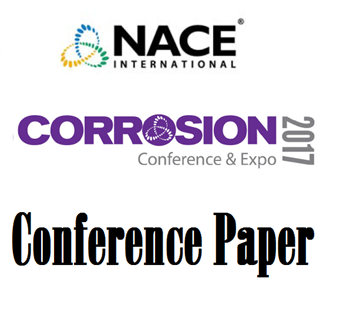Search
Products tagged with 'erosion'
View as
Sort by
Display
per page
Erosion-Corrosion Study of Oilfield Materials Due to Liquid Impact
Product Number:
51315-6136-SG
ISBN:
6136 2015 CP
Publication Date:
2015
$20.00
Experimental and Numerical Erosion Pattern Study in a Pulverized Coal Injection Nozzle Geometry
Product Number:
51323-19575-SG
Publication Date:
2023
$20.00
Guideline To Determine Erosional Velocity For Liquid Hydrocarbon Transmission Pipelines
Product Number:
51322-17812-SG
Publication Date:
2022
$20.00
Investigation of Polymeric Elastomers for Cavitation and Erosion Resistance
Product Number:
51323-18950-SG
Publication Date:
2023
$20.00
Managing Corrosion Risk in Carbon Capture and Storage Facilities Using Non-Intrusive Monitoring Technologies
Product Number:
51323-18856-SG
Publication Date:
2023
$20.00
Managing Risk in Sustainable Aviation Fuel and Renewable Diesel Production with Online Corrosion Monitoring
Product Number:
51324-20579-SG
Publication Date:
2024
$40.00
Non-Intrusive Ultrasonic Corrosion-Rate Measurement in Lieu of Manual and Intrusive Methods
Product Number:
51317--8926-SG
ISBN:
8926 2017 CP
Publication Date:
2017
$20.00
On The Suitability Of ASTM 532 IIB Cr White Cast Irons For Erosion-Corrosion And Abrasion-Corrosion Applications
Product Number:
51321-17018-SG
Publication Date:
2021
$20.00
Probabilistic Digital Twins For Transmission Pipelines
Product Number:
51321-16780-SG
Publication Date:
2021
$20.00
Swarm S2 - A Wireless, Multi-Channel Ultrasonic Corrosion and Erosion Monitoring Tool
Product Number:
51324-21238-SG
Publication Date:
2024
$40.00
The Cavitation Corrosion Behaviour of a Cobalt-Based Alloy in Seawater
Product Number:
51324-21122-SG
Publication Date:
2024
$40.00











